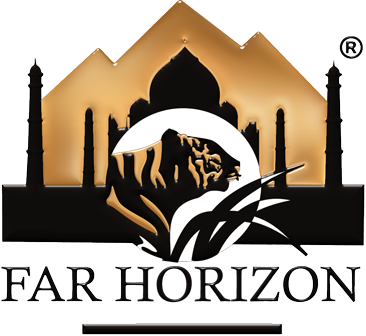Galle is said to be a heavenly piece of art, tropical heaven and rich in history.
Galle is a jewel and a Unesco World Heritage Site. This historic city is a delight to explore, an endlessly exotic old trading port blessed with imposing Dutch-colonial buildings, ancient mosques and churches, grand mansions and museums.
History
Galle was a prominent seaport way before the western rule. Arabs, Greeks, Persians, Indians, Romans, Chinese and Malays were all doing business through the Galle port. In 1505, a Portuguese fleet that was bound for Maldives was diverted by a storm and forced to take shelter in the harbour. The Portuguese surrendered to the Dutch East India Company in 1640. The Dutch then built the present fort in the year 1663 with a fortified wall of solid granite. In 1796, the British took over the country from the Dutch and they preserved the Fort. Galle became the administrative centre of the Southern Province.
Culture
The city is filled with Dutch-colonial buildings people come from faraway places to see. The air is filled with the sweet smell of spices and the salty winds give it a authentic recognition. Galle is filled with art that's rare, the streets are filled with people who are ambitious and hardworking, showcasing their efforts in one the best displays that please the eye immensely.
Climate
Galle enjoys a tropical rainforest climate with some amount of rain every month. The months from November to April after the monsoons are a pleasant time to visit Galle as the weather gets cooler and the sea is calm again. During this time, Galle is warm and has the most sunshine, so it is a great time for outdoor activities.
- November - April








